
Everything You Need to Know About RV Camping in Minnesota
Everything You Need to Know About RV Camping in Minnesota
By Lizanne Dooner
After years of roadtripping throughout Minnesota, RV life started to become more appealing to me as I felt like my partner and I were living out of our suitcase. Pair that with the popularity of #vanlife across social media, and we decided to make it a reality.
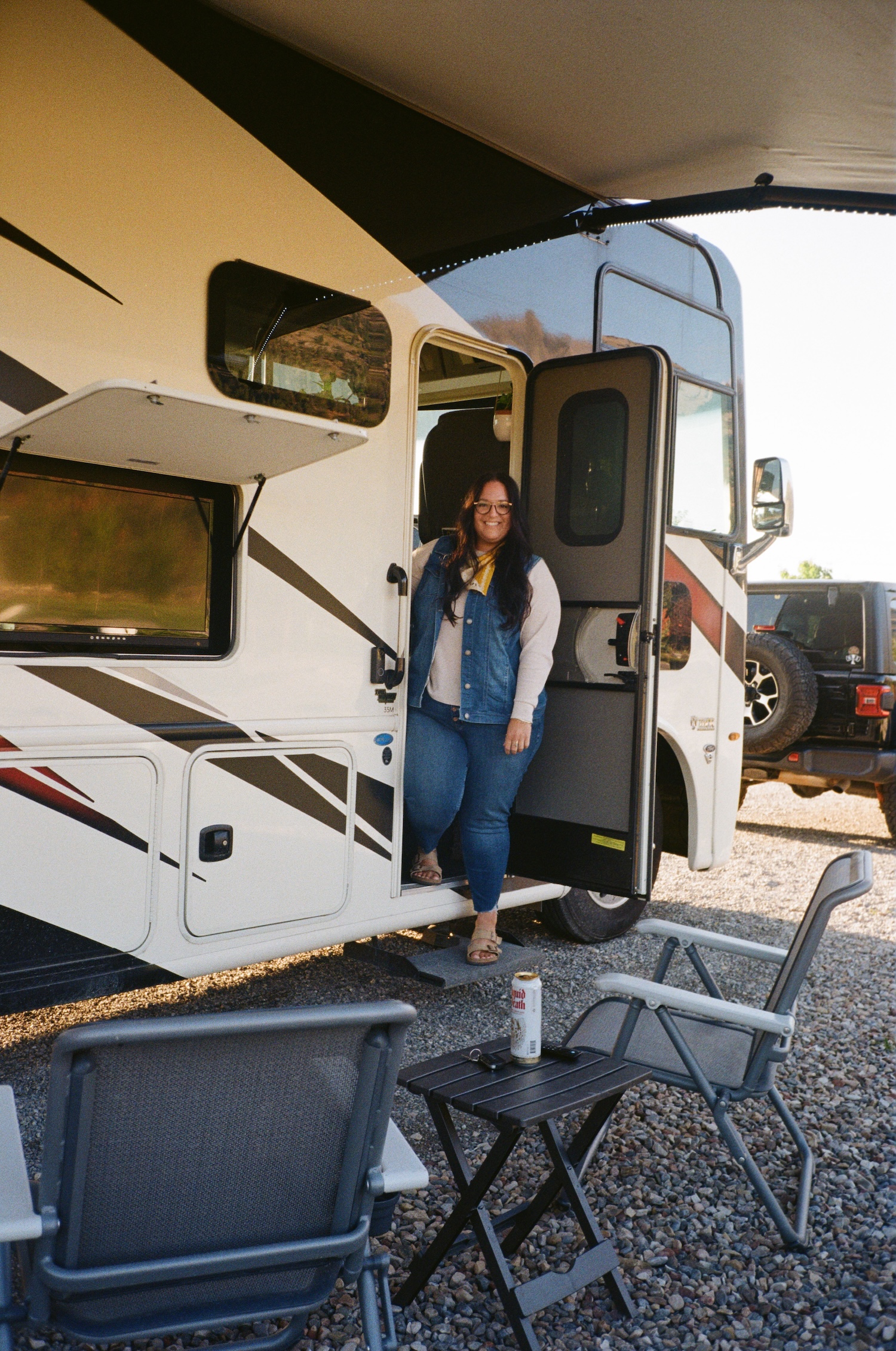
Content creator Lizanne Dooner stands alongside her RV
After researching what we wanted our future on the road to look like, we purchased our first motorhome! After a year on the road, I figured out which parks are worth the drive, what gear you actually need, and how to navigate everything from mosquito season to dump station etiquette.
Whether you plan to own an RV or rent one for a summer vacation, here are 10 of my top helpful tips for anyone kickstarting their RV adventures in Minnesota.
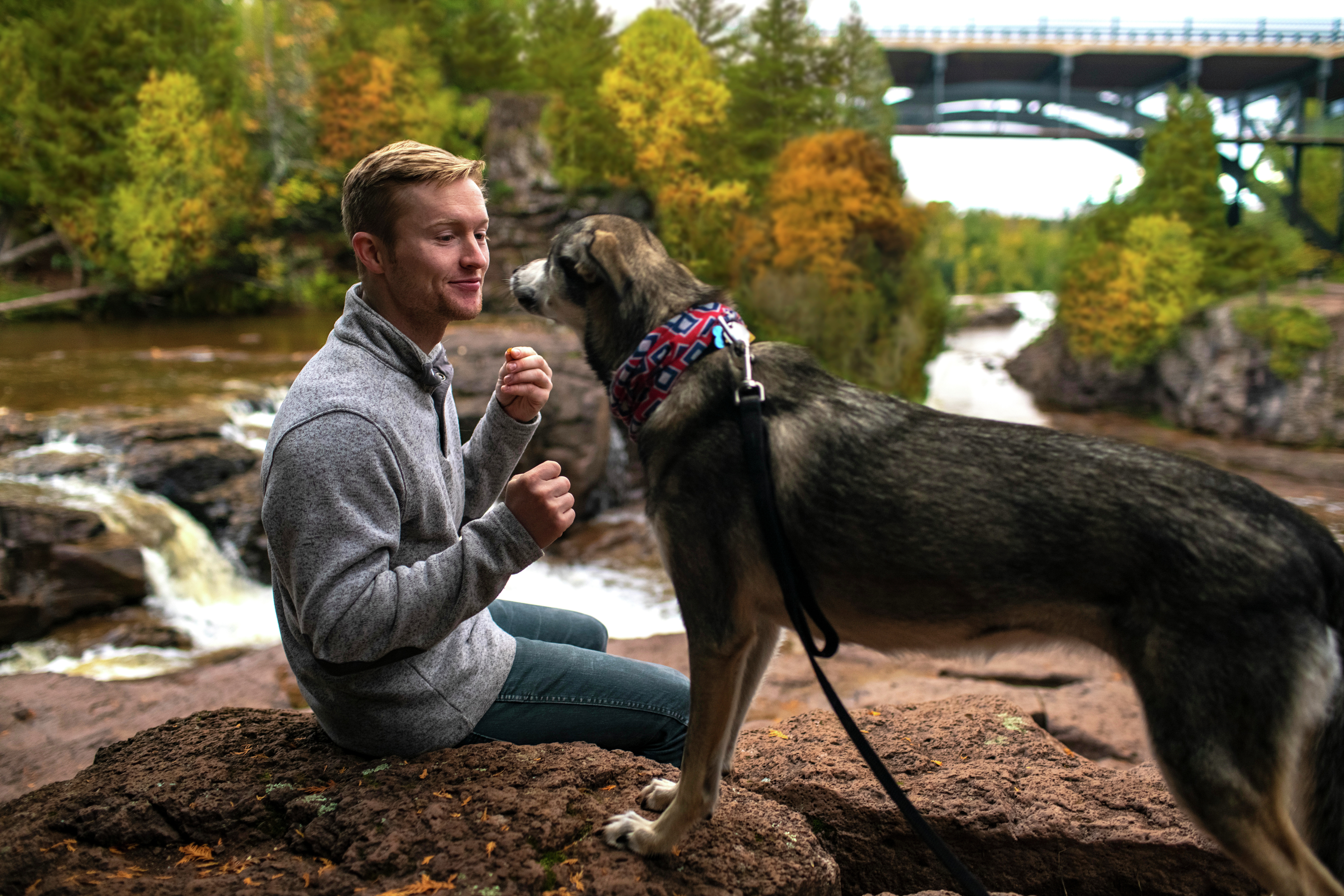
A hiker hangs out with his dog at Gooseberry Falls / Credit: Micah Kvidt
1. Plan Ahead
If you’re dreaming of camping next to Gooseberry Falls or watching the sunrise over Lake Itasca, be ready to plan early. Minnesota’s state parks — especially along the North Shore and near the Brainerd Lakes area — fill up fast on weekends and holidays. I’ve learned to mark my calendar for when reservations open (120 days out!) and keep an eye on cancellation tools like Campnab or the DNR's reservation site for last-minute openings. The latter also has a handy Parkfinder tool.
The beauty of camping is it is ever-changing and most reservations allow you to cancel within 48 hours, meaning you can change your own plans or have the benefit of snagging a last minute cancellation. I set reminders on my phone, consistently check the website, or call the park offices to scope out cancellations of popular parks. If the park you want is booked, consider nearby options like a state forest campground or even a county park.
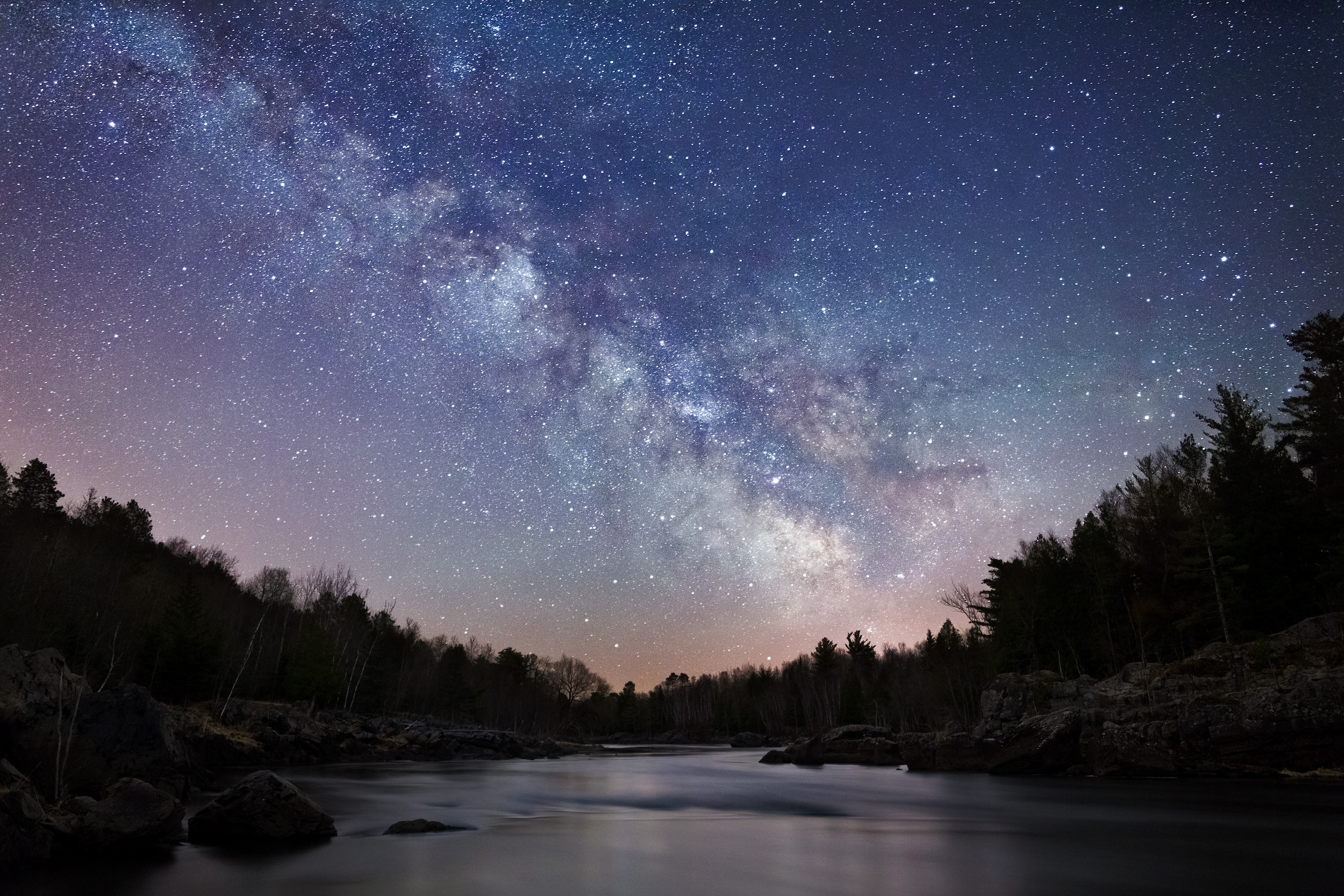
The Milky Way lights up the skies around Jay Cooke State Park / Credit: Beau Liddell
2. Pick the Right Size Rig
Not all Minnesota parks are created equal when it comes to campsite size. Some have tighter, more rustic sites nestled in the woods (Jay Cooke, Tettegouche), while others offer wide, open spaces perfect for larger rigs (Sibley, Lake Shetek). If you’re just getting started, think about where you want to go first, how long you’ll be camping, and how many people are joining, then choose an RV that fits the experience.
For us, we knew we wanted to travel full-time, which meant having ample space, amenities, and storage that would accommodate us for longer stays. We ended up with a 37-foot Class A Motorhome.
If you’re a weekend warrior or part-time camper, a Class B (also known as a camper van), or even a travel trailer is a great option for squeezing into wooded state parks and smaller spaces. Another popular option for families, especially for renting for a summer vacation, is a Class C RV. It’s a great option for first-timers who want to get a feel for the RV life!
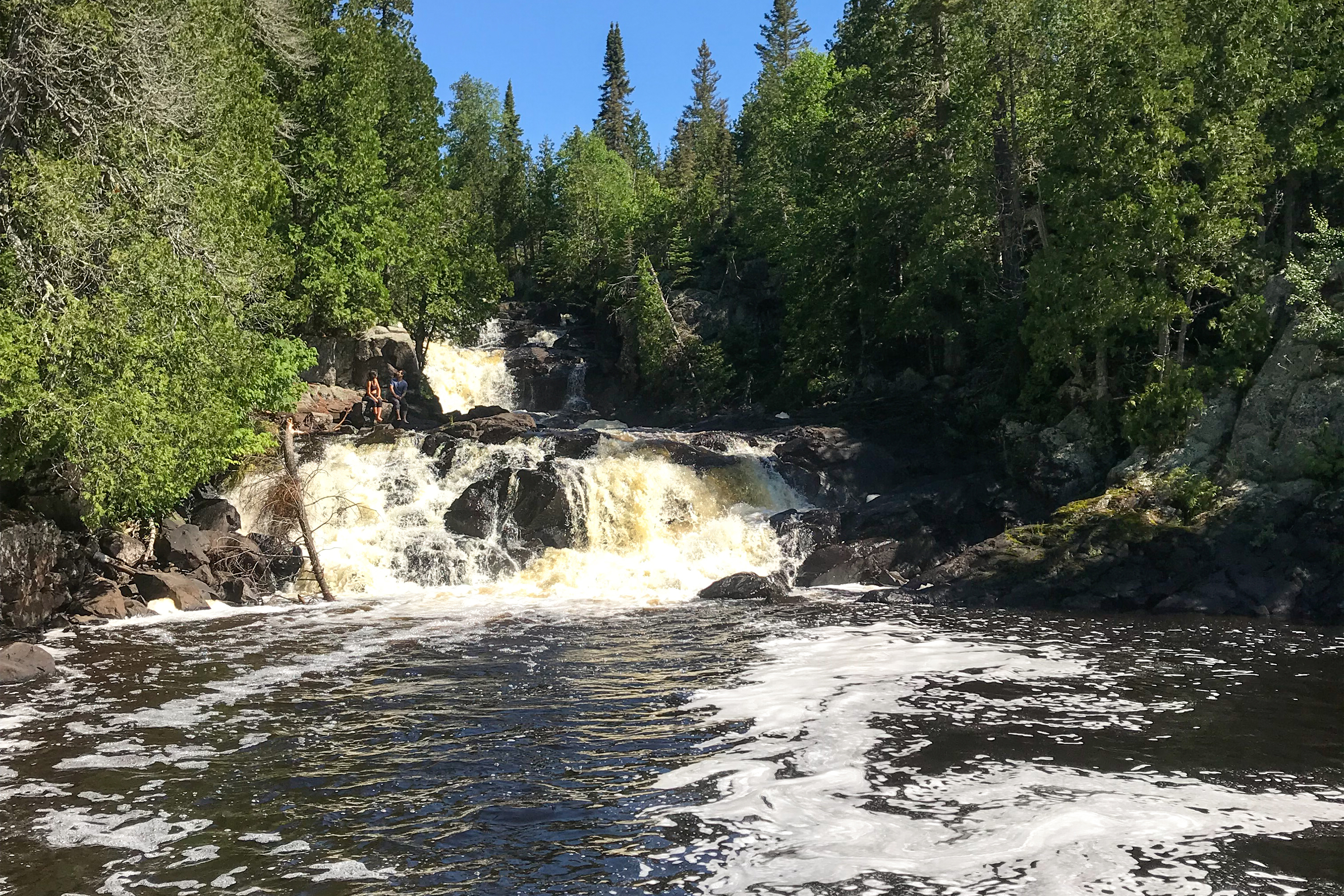
George H. Crosby Manitou State Park / Dana Hernandez
3. Learn RV Lingo
Now that you've picked your Rig and the area you want to head to first, you’ll need to know the basics so you are making the right reservations! FHU means full hookups (water, sewer, and electric), W/E is water and electric, and E is electric only.
While Minnesota state parks are beautiful, don’t expect full hookups. Most offer electric only, so you’ll need to come with your fresh water tank filled and a plan for managing waste. Fresh water can be found at most park entrances or ranger stations, but I always double-check the park map before I arrive.
When selecting your site, make sure you know what your RV needs. Since ours is a large motorhome, we need a larger site, and we run off 50AMP connection. Most parks offer 20 or 30AMP, so have a backup plan or an adapter. Lastly, make sure your campsite will allow enough space for your RV and additional vehicle if needed. When only electricity is available, I’ve found that having a water-saving mindset helps (think quick showers and minimal dishes), and if you’re camping off-grid at a more rustic park like George H. Crosby Manitou, solar panels or a generator can keep things comfortable.
It’s definitely a shift from RV resorts, but honestly — it’s part of the charm!
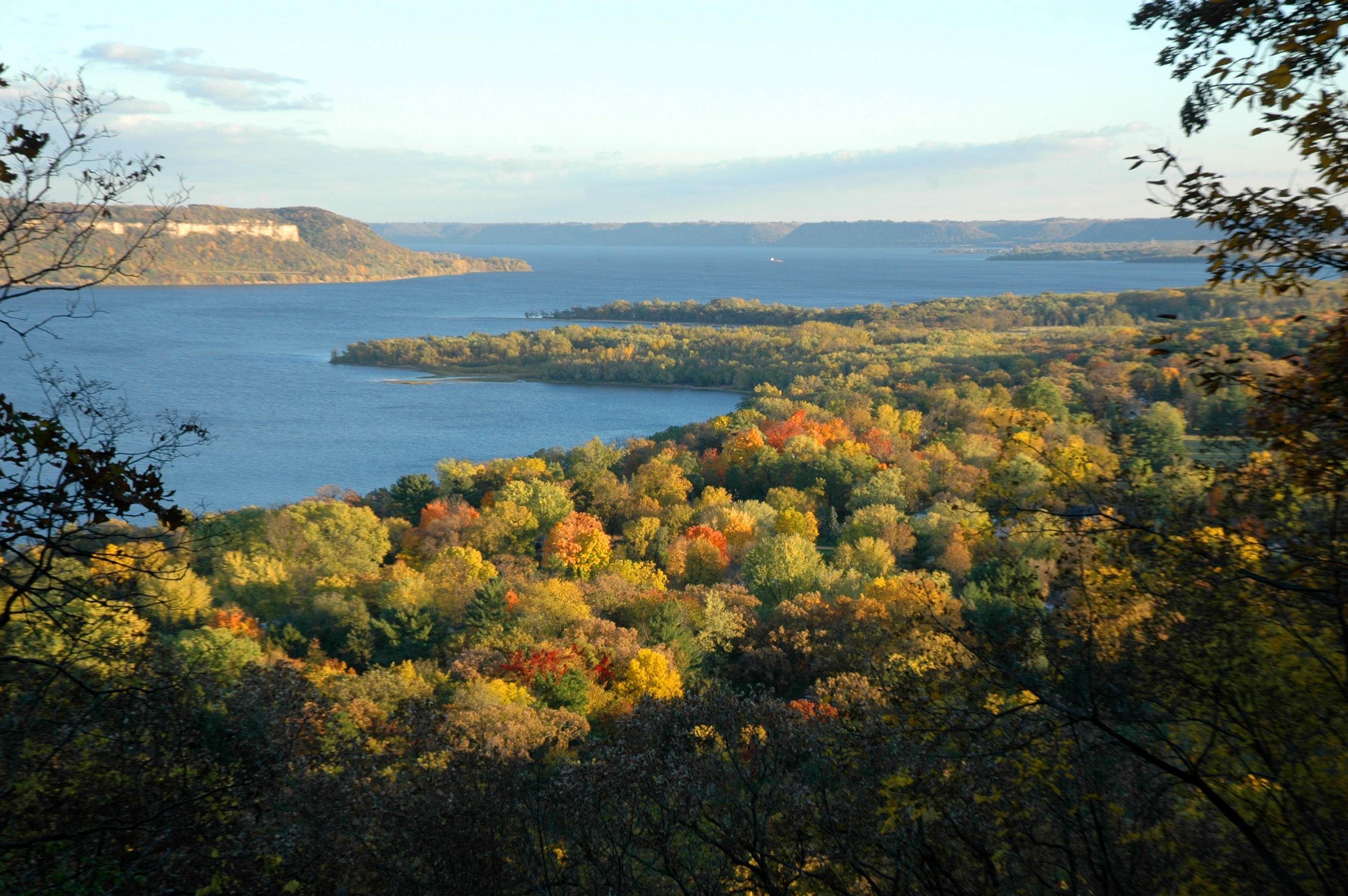
Frontenac State Park / Minnesota State Parks and Trails
4. Know Your Dump Stations
Not all state parks have dump stations, and it’s good to know that ahead of time. For example, Frontenac and Scenic don’t have on-site dumps, so you’ll need to plan accordingly.
I use apps like Campendium or Sanidumps to locate nearby stations and always try to empty tanks mid-week or very early in the morning to avoid long lines. Make sure to have gloves and a good sewer hose. (Some rentals may not include this!)

Driving up the North Shore is an unforgettable Minnesota experience / Micah Kvidt
5. Check the Route
Driving Highway 61 along the North Shore is bucket-list-worthy, but it’s not without its quirks; tight curves, steep grades, and narrow shoulders mean you’ll want to go slow and steady. Same goes for heading into parks like Bear Head Lake or Temperance River, where winding roads and forested routes require extra attention.
I always check for height restrictions, construction detours, and weather before I hit the road. A good RV GPS or apps like RV Life can help avoid surprises, especially when you're towing or driving a big rig through backroads.
Another reason to know your rig!
Credit: Lizanne Dooner
6. Pack Bug Spray
If you’re going to be camping in Minnesota, bug spray is non-negotiable. Whether you're hiking the trails or making a campfire outside, mosquitoes will be part of the adventure. The North Shore area usually has a big hatch during June so plan your camping accordingly.
Beyond that, I always bring layers for unpredictable weather, a solid headlamp or flashlight, and my favorite camp kitchen gear. (Don’t forget the s’mores stuff!)
Chances are you will forget something, but someone nearby at your campground will probably have what you need and lend a hand. It’s all part of the learning curve. My first few trips I always forgot something, but it never affected the great time I had!
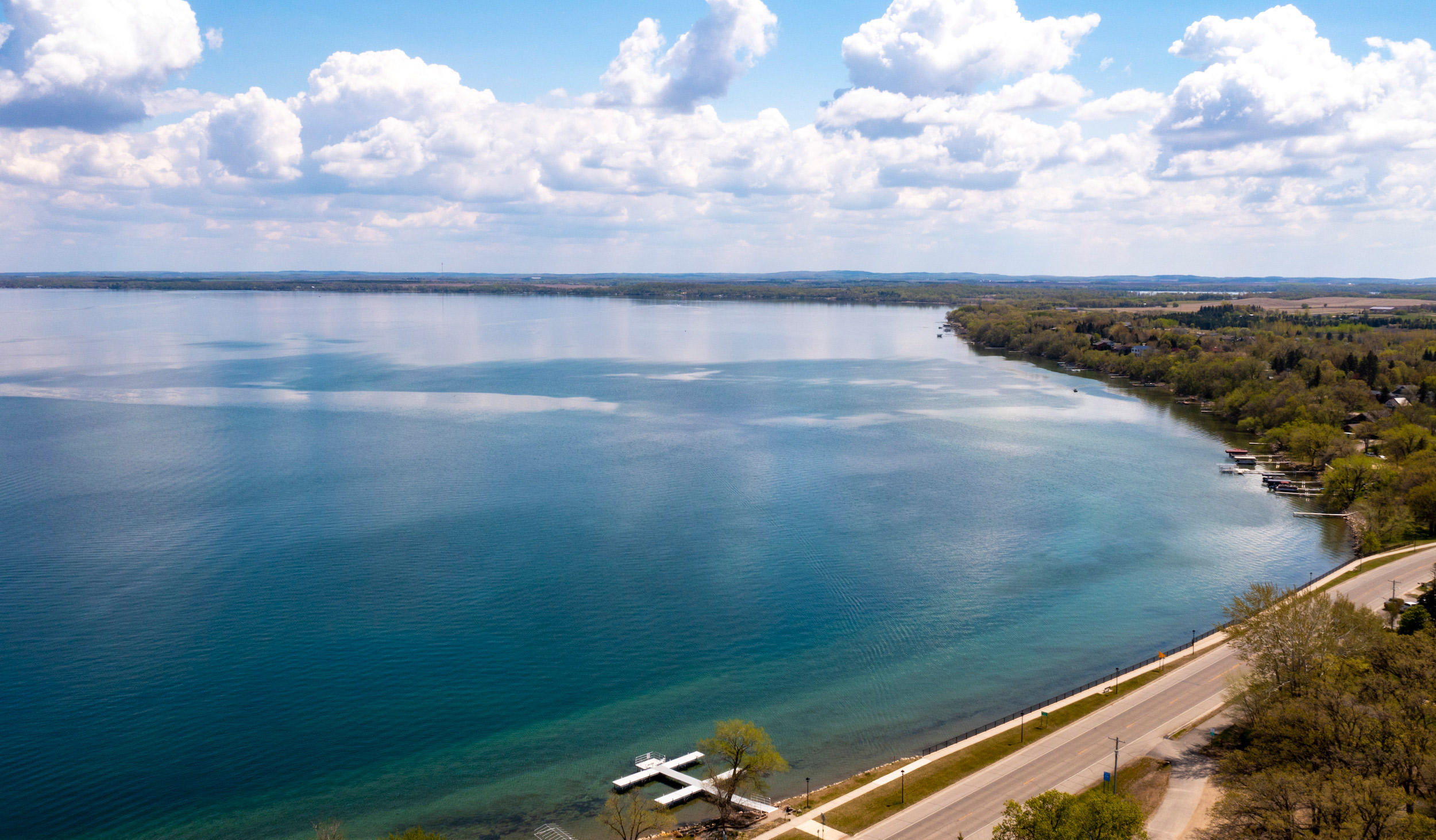
Battle Lake / Kvidt Creative
7. Embrace Small Towns
Some of the best camping experiences I’ve had in Minnesota have been at quiet county parks tucked into small towns. Spots like Timber Shores in Redwood Falls or the charming lakeside campground in Battle Lake offer that same “getaway” feel without the competition of state parks. They’re usually more flexible with availability and give you a chance to explore local gems like historic downtowns, community festivals, or lakes that aren’t on everyone’s radar.
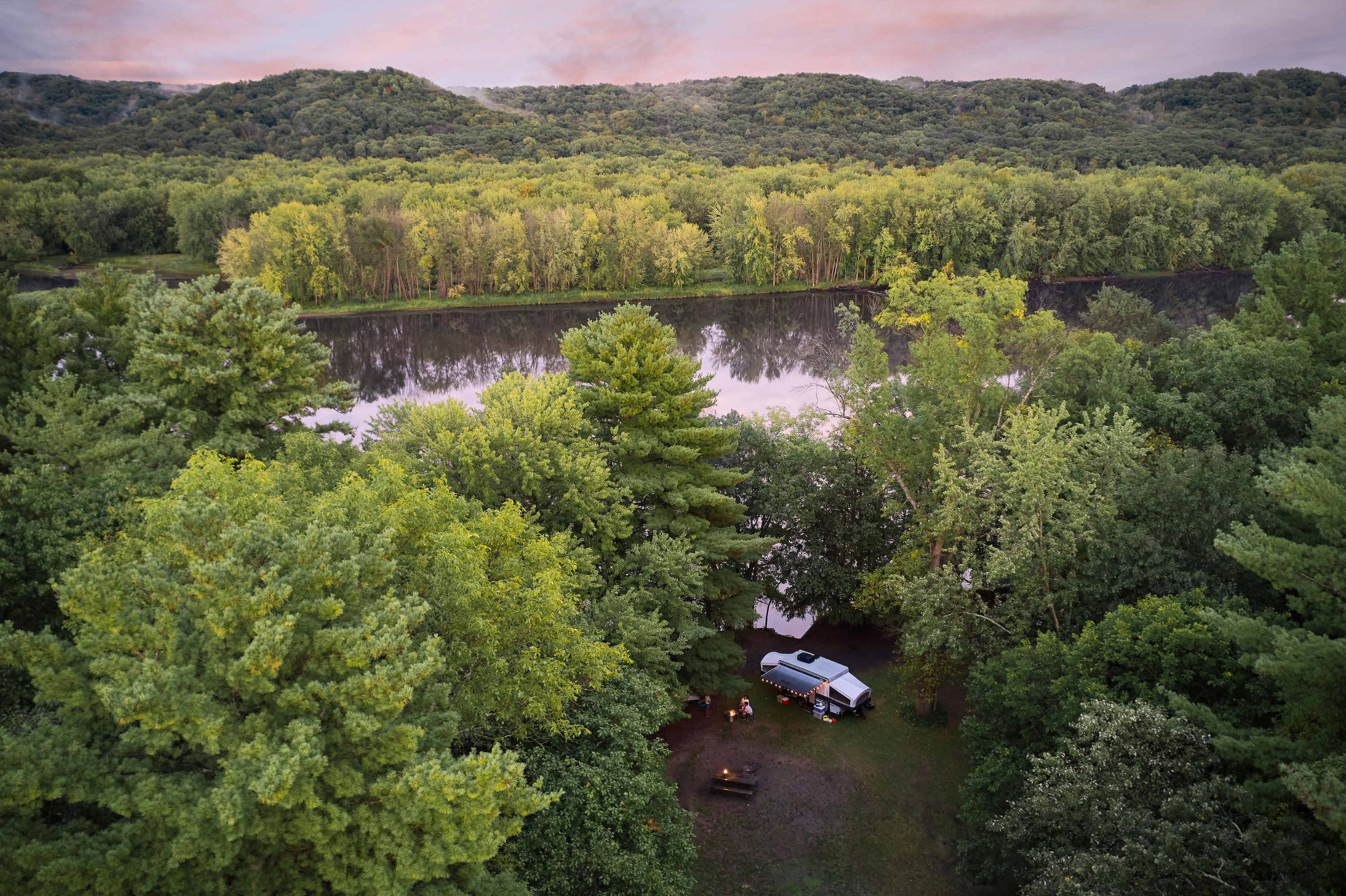
A family camping at William O'Brien State Park along the St. Croix River / Paul Vincent
8. Always Have a Back-Up Plan
Weather changes fast in Minnesota — especially up north — so even if you’re planning to watch the sunset over Lake Superior, kayak the St. Croix, or hike through Blue Mounds, have a backup plan. Watch for rain, wind, and even cell phone service — especially on travel days.
High winds can be especially dangerous when driving larger RVs. I always save offline maps and keep a list of potential overnight options like rest areas or casino lots (hello, Grand Casino Hinckley). Some of my favorite stops have been unplanned!
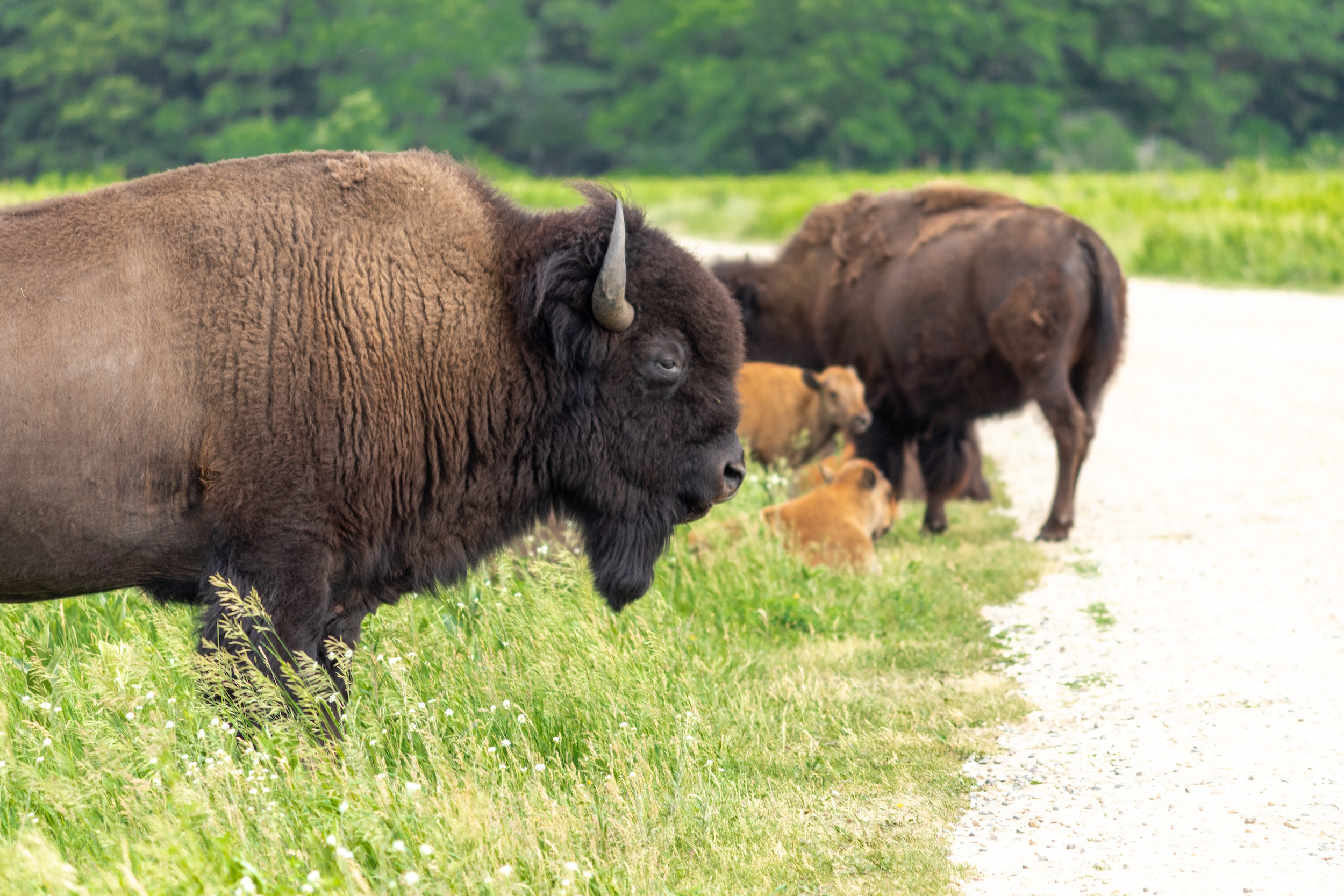
Bison in Minneopa State Park / Melanie Graves
9. Get a Parks Pass
A $35 annual vehicle permit gives you access to all 75 Minnesota state parks and recreation areas — and trust me, it pays for itself quickly. Whether you’re doing a big loop up the North Shore or hitting weekend favorites like Minneopa or Fort Snelling, having the pass makes spontaneous park visits way easier (and cheaper). I keep mine on my windshield on my RV and car all year long.
A sunset at an RV park / Credit: Lizanne Dooner
10. Embrace Minnesota Nice
There’s something special about the community at a Minnesota campground. Campers here embody that classic “Minnesota nice," so don’t be afraid to wave, say hi, or ask for advice. I’ve learned many new things about RVing and swapped several travel stories during my time camping. It’s part of what makes RVing in this state feel so welcoming.
Whether you're brand new to RV life or just exploring new corners of the state, I hope this guide gives you the confidence to hit the road and make some new memories in Minnesota! This past year on the road has been one of the best and I’ve met so many amazing people and discovered many new gems along the way.
Find out more about camping in Minnesota.

